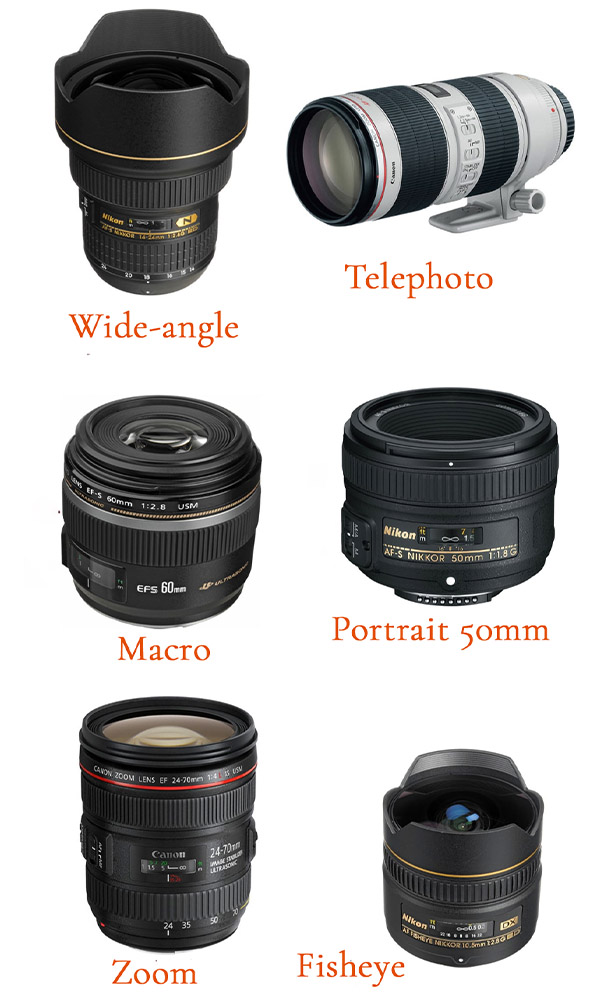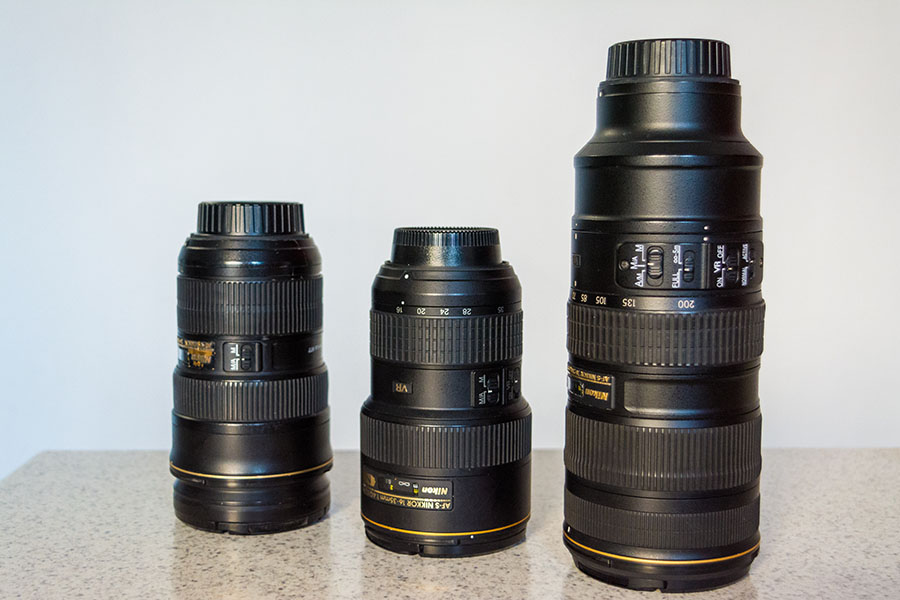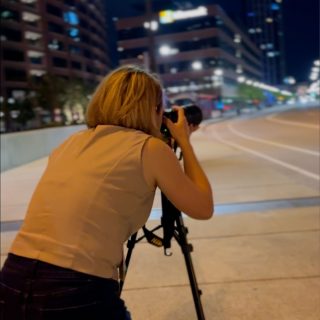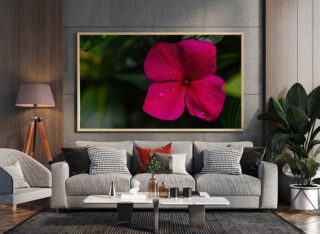Camera lenses come in different types; each does its job of taking photos. Once you get your first professional camera, you might want another camera lens. How do you choose it? First, figure out where you want to use it and what you want to photograph: landscapes, portraits, weddings, or close-ups. Then, you can pick the right camera lens. In this article, I’ll explain the basics of camera lenses and their types to help you choose the best one for your creative endeavors.
Camera lenses classification
Camera lenses are classified into various types based on their characteristics:
- Ultra-wide angle;
- Wide-angle;
- Regular (normal);
- Tele photo;
- Fisheye;
- Portraits;
- Macro
- Tilt-shift
The primary distinction among these lenses lies in their focal length and viewing angle, which are closely related. Lenses are also categorized as:
- Zoom lenses, which offer adjustable focal lengths;
- Fixed focal length lenses, commonly referred to as “prime” lenses, which have a set focal length.

Focal lenght and viewing angle
Focal length, measured in millimeters, is a key aspect of any camera lens. It tells us how far light travels to create a sharp image on the camera’s sensor or film. This distance is calculated when the lens is focused at infinity and affects how much of the scene is captured.
Viewing angle refers to how much space is included in the photo. A smaller focal length means a wider angle, showing more of the scene. A larger focal length narrows the angle but lets you capture distant objects.
Simply put:
- Short focal length = Wider angle = More scene in the photo.
- Long focal length = Narrower angle = Ability to capture faraway objects.

As depicted in the table, wide-angle camera lenses offer a broad viewing angle ranging from (50 – 80 degrees), making them ideal for capturing images in confined spaces such as interiors or architectural settings. They are particularly useful when it’s necessary to capture entire buildings in both height and width within a single photograph.
On the other hand, ultra-wide-angle photo lenses boast an even wider viewing angle, typically falling within the range of 80 to 180 degrees—the widest available. Among these lenses, a notable subtype is the fisheye lens, aptly named for its resemblance to a fish’s eye. Fisheye camera lenses with viewing angles nearing 180 degrees create a distinct spatial distortion, resulting in a slightly convex appearance in photographs.

Standard camera lenses, also known as “normal” lenses, typically have a viewing angle of around 40-50 degrees. They provide a perspective similar to what the human eye sees without distortion. A typical example is the 50mm lens, often referred to among photographers as the “fifty,” widely used for portrait photography. These camera lenses are popular because they’re versatile and suitable for portraits, documentary shots, and sometimes architectural photography.
Telephoto camera lenses (Long focal length) typically have a viewing angle of 35 degrees or less. Because of their large focal length, they can capture distant objects on a large scale, such as in sports events or wildlife photography. One significant advantage of these lenses is their shallow depth of field, which creates a blurred background effect often used in portrait photography. Telephoto camera lenses are further divided into medium focal length (70-135mm) and super long (135-300mm) lenses.
Macro camera lenses stand out from other types due to their unique capability to capture and focus on subjects at extremely close distances. These lenses excel at photographing tiny details, such as insects, flowers, or intricate textures, with remarkable clarity and precision. They enable photographers to magnify small subjects and reveal intricate details.

What is the difference between a prime lens and a zoom lens?
The main difference between a prime lens and a zoom lens lies in how they operate at different focal lengths. Zoom camera lenses offer versatility by allowing you to adjust the focal length over a range, making them more popular than prime lenses. A zoom lens can cover multiple categories, such as wide-angle, standard, and long-focus, all in one lens. For instance, Nikon offers models like the AF-S DX NIKKOR 55-200mm and AF-S DX NIKKOR 16-80mm, while Canon has options like the EF-S 55-250mm and EF-S 18-135mm.
In contrast, prime lenses have a fixed focal length, meaning they don’t zoom in or out. Examples include the Nikon AF-S NIKKOR 24mm and Canon EF 35mm. To illustrate the difference, imagine taking a series of photos of the same landscape using both types of lenses set at different focal lengths.







Choosing a photo lens can indeed feel overwhelming, particularly for beginners entering the world of professional cameras. So, here is my advice: begin with a standard (Kit) lens and carefully observe your photo habits. Take note of the focal lengths you use most frequently and the subjects that inspire you to take a photo.
If you find yourself consistently drawn to capturing distant subjects or enjoy shooting portraits, you may lean towards a telephoto lens. Conversely, if you’re passionate about landscapes or architectural photography, a wide-angle lens might be more suitable.
Two of my favorite camera lenses are: Nikkor Macro 105 mm and Nikkor 50 mm.
By taking the time to understand your photo tendencies, you can ensure that your next lens investment aligns perfectly with your photographic goals and preferences. Remember, photography is a journey, and selecting the right lens is an important step toward achieving your creative vision. By starting with a standard (Kit) lens and observing your own tendencies, you can make an informed decision about which lens best suits your needs.
*All pictures posted in this article were taken by ArsVie Photo Studio. You cannot copy or share these images without permission from ArsVie Photo Studio.
Stay inspired,
Elena Sullivan
Sharing is caring
Elena
Hi, there! I'm Elena Sullivan! The founder of the ArsVie photo studio, trilingual photographer, online educator, woman in business cheerleader. Capturing life's moments with authenticity and elegance to inspire others. Passionate about helping businesses convey their message through compelling imagery.




















